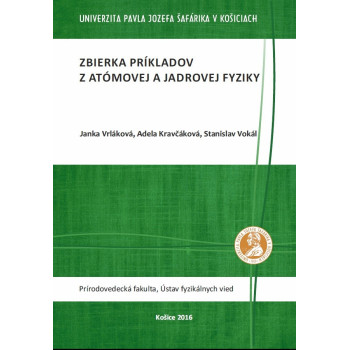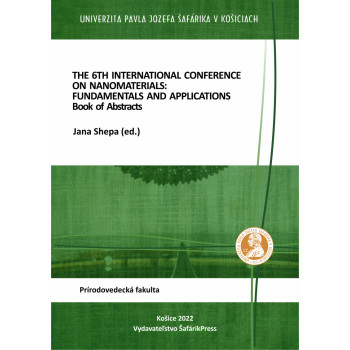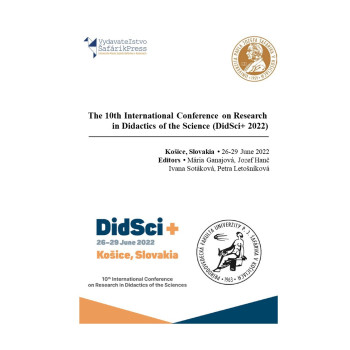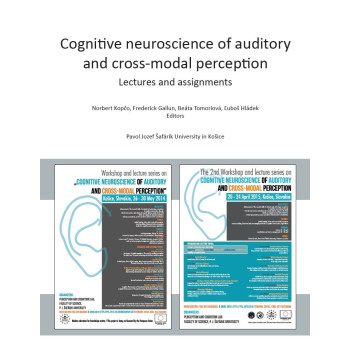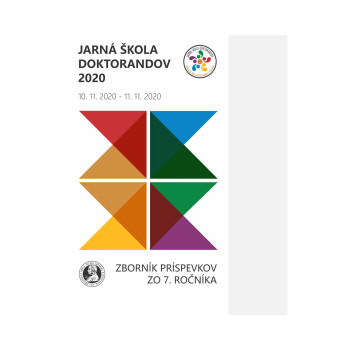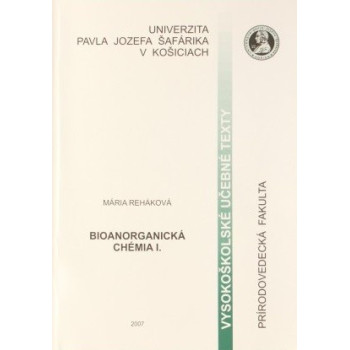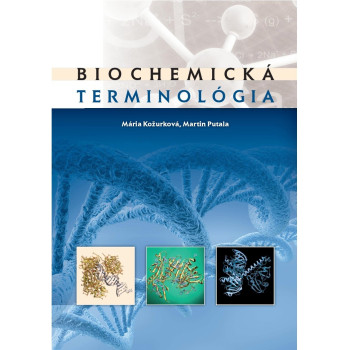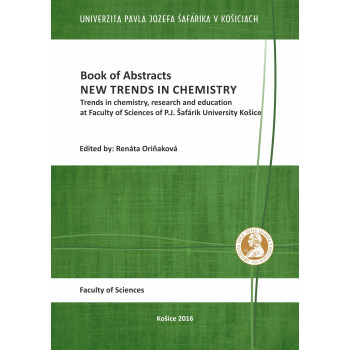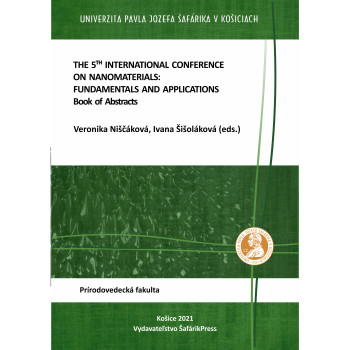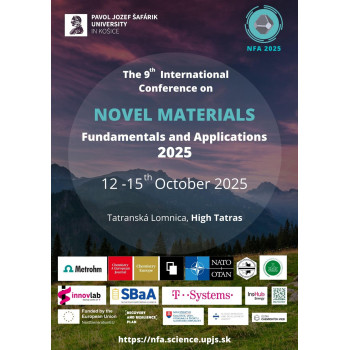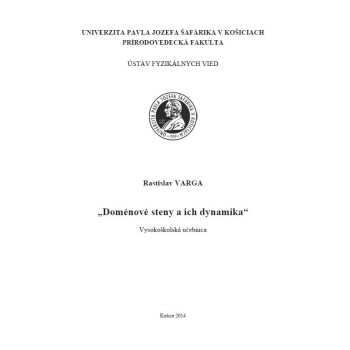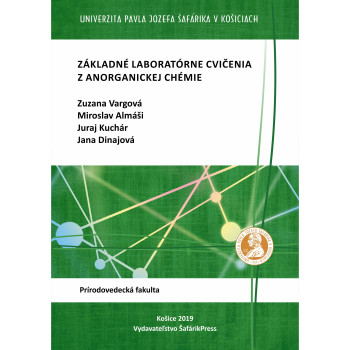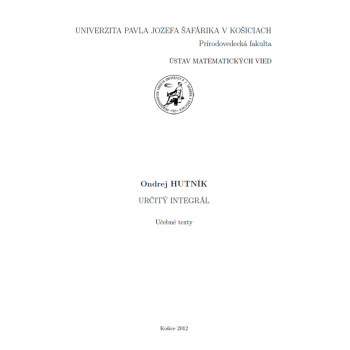
Zbierka príkladov z atómovej a jadrovej fyziky
E-book
Janka Vrláková - Adela Kravčáková - Stanislav Vokál
The presented "Collection of Problems in Atomic and Nuclear Physics" is intended as a basic study material for lectures in General Physics IV in the second year of the bachelor's single-subject physics program and interdisciplinary studies combined with physics at the Faculty of Science of P. J. Šafárik University in Košice.
Its aim is to support independent student work and to deepen the acquired knowledge from the given physics course by solving selected problems. It is divided into three main parts: Atomic Physics, Nuclear Physics, and Experimental Methods of Nuclear Physics.
Each thematic chapter contains an overview of basic concepts, relations, and formulas necessary for better understanding of sample problems and for solving the attached set of unsolved problems.
Download the e-book for free (pdf)



